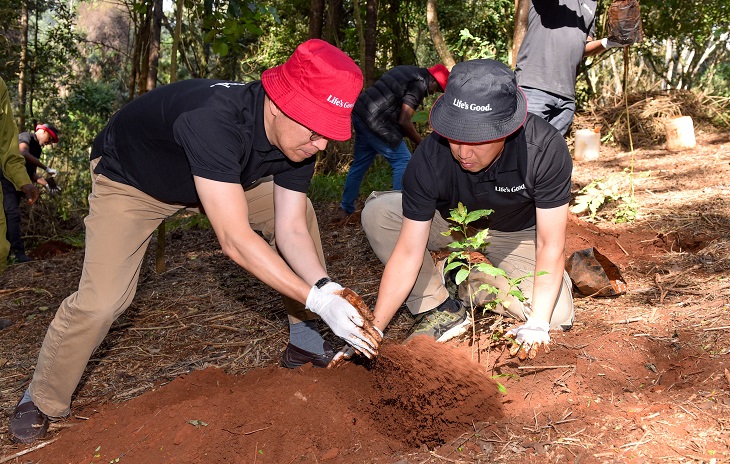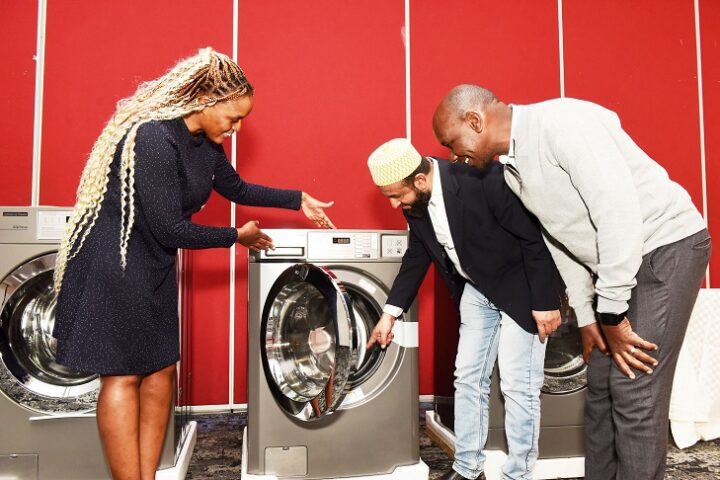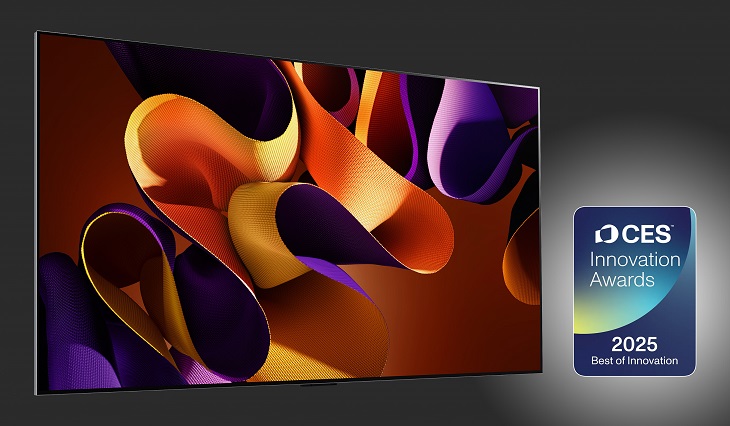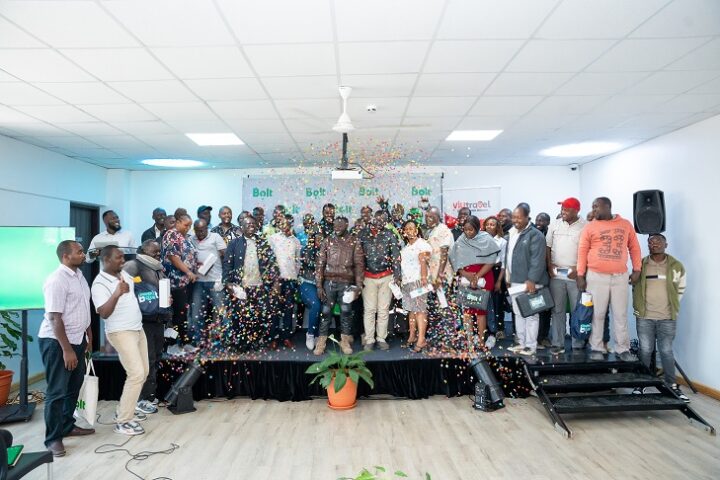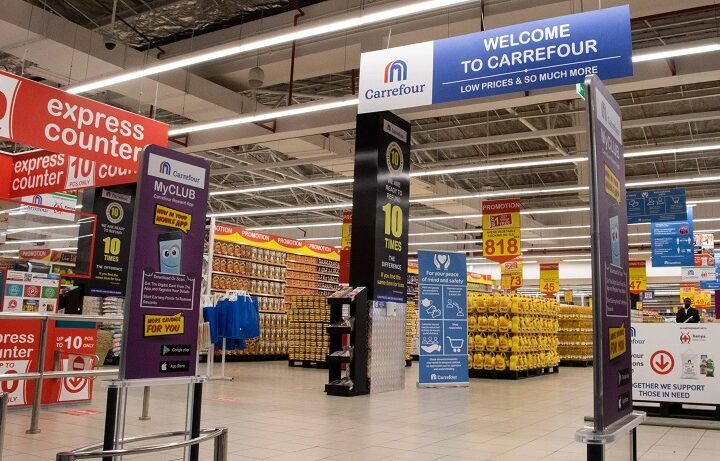LG Electronics (LG) East Africa has today planted 300 trees in the Karura Forest Reserve as part of its World Environment Day activities.
The activity, part of LG’s annual environmental protection and sustainability plans, was held under the theme ‘Optimism Your Environment’ drawing from the ongoing LG campaign ‘Optimism Your Feed’ which has the company collaborating with influencers to populate social media timelines with positive and encouraging content.
Sixty of LG’s employees planted five indigenous tree seedlings each in the Sigiria block of the forest, with the company committing to support the care of the planted trees for three years.
The exercise was conducted in partnership with Friends of Karura (FKF), a Community Forest Association that is dedicated to the preservation of the Karura Forest.
“LG is honored to contribute to the preservation of Karura Forest, an ecological treasure for Nairobi. Today’s tree-planting exercise reflects our shared commitment to safeguarding our environment. We also aim to use such engagements to inspire positive change and promote a greener, more sustainable future,” said LG’s Managing Director for East Africa, Dongwon Lee.
Karura Forest, the largest of Nairobi’s three main gazetted forests (the others are Ngong and Oloolua), covers 2,526 acres. It features three rivers, a 49-foot-high waterfall, bamboo groves, caves, wetlands, and 31 miles of walking trails.
LG’s commitment to the preservation of natural environments goes beyond tree planting; the company has a sustainability and environmental policy that stipulates key environmental goals, including the reduction of carbon emissions generated by both its processes and products.
LG OLED TVs for example, have a simpler structure and fewer components, making them lighter than the LCD’s. The LG 65-inch OLED evo is made of ultra-light composite fiber, and requires only 40 percent of the plastic typically used in an LCD TV of the same size screen. It also weighs 20 percent less.
As a result, and based on the estimated sales of LG OLED TVs this year, the total amount of plastic used in LG OLED TVs from 2022 to 2024 is expected to be 45,000 tons lower than that of LCD TVs sold during the same period. This reduction in plastic usage in LG OLED TV construction will lead to a decrease in carbon emissions of approximately 234,000 tons a year, equivalent to the carbon dioxide absorbed by a 30-year-old pine forest, a number that translates to about 55,000 acres of land or nearly the entire Mombasa County.
Recycled plastics also account for about 20 percent of the plastic used in the manufacturing of all LG TVs, including OLED TVs, equal to around 4,000 tons of recycled waste plastic annually. All other LG products including refrigerators, home entertainment systems, air conditioning units, and laundry machines, amongst others, have similar considerations for an all-round impact in environmental transformation.
Meanwhile, LG Electronics is on the path to a 100% transition to renewable energy by 2050 and to achieve completed carbon neutrality by 2030. This is accelerated by the introduction of energy-efficient facilities and carbon emission reduction devices throughout the company’s production process.
Read Also: LG Launches Campaign To Help Attract Positive Content Onto Social Media Feeds


